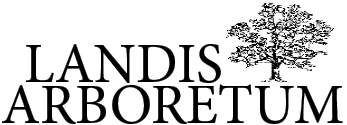
Even novice gardeners quickly move beyond the basics of planting, watering, fertilizing and harvesting, and begin to focus on ways to keep a garden healthy and productive. A common way to do this is by adding compost to the garden, which adds valuable nutrients to the soil.
Here are a few tips to help get you started on creating your own compost pile for gardening use.
Location is important. Creating your pile in an open area with partial sun/shade is ideal.
Size. Your compost pile should be at least 3’ tall and 3’ wide. When created correctly, a compost pile is literally heating up to break down plant materials, killing weed seeds, and increasing microbial activity. A compost pile smaller than the recommended dimensions may not heat up efficiently.
Compostable materials. Most organic materials can be classified as “nitrogen/greens” and “carbon/browns”. “Greens” are items such as kitchen waste (vegetable peels, seeds, and scraps), fresh weeds, and grass clippings. “Browns” are items such as old leaves, shredded paper, and bulkier dry plant material, such as end of the season vegetable plants and the perennial garden “cut back.” For optimal composting, layer or alternate the “greens” and “browns” in a lasagna style, with each layer being approximately 4-6” thick. You can add a third layer of animal manure, which will accelerate the heating of the pile. Manure will also provide a nitrogen source for beneficial microbes.
Water. Your compost pile should remain moist, but not wet or soggy.
Turning the pile. An open-air compost pile should be turned about once a week; a compost tumbler should be turned every 3-4 days. It is important not to turn the pile daily, as this can prevent the pile from heating up completely and may disrupt the formation of microbes and fungi that break down the greens and browns. If you do not turn the pile enough, it will still break down, but it will take longer to turn into compost.
Is it done yet? You will know your compost is ready when it has decomposed into small brown-colored soil particles and has cooled. This can take anywhere from 2 months to 2 years, depending on the size of the pile, materials in it, and how often it is turned.
An informative source of information on home composting is the NYS Department of Environmental Conservation’s website, www.dec.ny.gov
